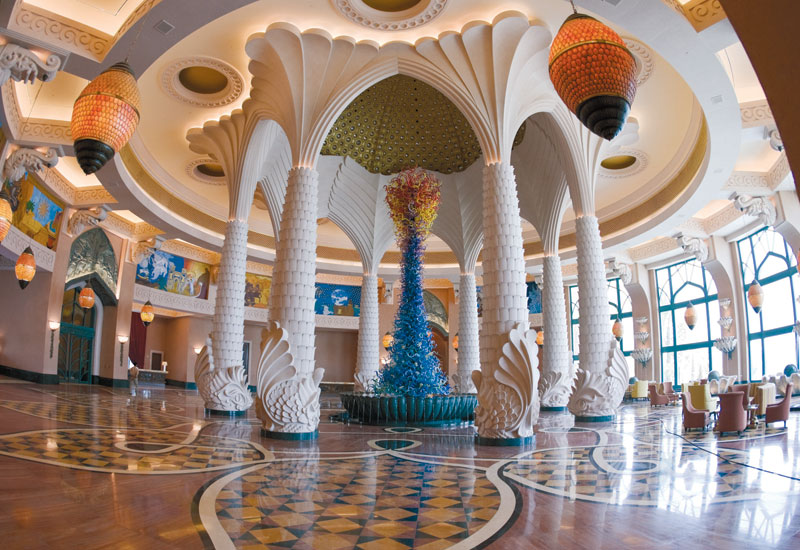As a hospitality market, Dubai was perhaps hit harder than many destinations during 2009, and while all indications are that the worst is over, questions remain as to how supply growth will affect recovering rates — and if summer will be the ‘bloodbath’ predicted. Kathi Everden reports
The sun continued to shine, residents revelled in the easing of traffic congestion and the availability of restaurant reservations, and the disappearance of some of the cranes that littered the landscape added to the attraction of Dubai as a destination.
But, for hoteliers, developers and investors in Dubai, 2009 was anything but a stellar year as they watched the real estate market collapse, corporate and government debts rack up, demand shrink and the emirate making global headlines for all the wrong reasons.
Certain aspects of the situation were not unique, with the hospitality sector worldwide seeing rates retract to those of 2003, but the pain was acute in a city where a certain arrogance among hoteliers had prevailed, borne out of spiralling demand and hence room rates, and a faith that the bubble would not burst.
Twelve months on, and a fragile confidence has been returned to the Dubai market, with early indications for 2010 demonstrating an upward trend, but perhaps the principal effect of the recession has been to inject a new realism in to the sector.
Certainly, times were bad, particularly through the sweltering summer months when Ramadan crept back in to August — traditionally a sluggish time for overseas traffic and now compounded by the slow-down in regional business.
The figures reveal all; STR Global’s trend report for Dubai shows occupancy percentages in the mid 60s from May through to August 2009, plummeting to just 56.5% in September, with the average daily rate (ADR) dropping from $302 in January down to a low of around $157 in August, while revPAR was squeezed from $204.60 in January to a staggeringly low rate of $99 in August and September.

Advertisement
Such numbers make the year end performance all the more impressive with recovery to 81.9% for occupancy; $291.61 for ADR and revPAR of $238.70 during November.
It was the averaging out of these roller coaster numbers that hit the headlines, with hotel figures cited to underline the collapse of the Dubai success story — revPAR was down 31.4%, the largest fall in the region and nearly double the global average for 2009, while occupancy dropped around 10 per cent to 69%.
All this in a city where the only way is up...
However, a second look at the figures reveals that while Dubai was demoted from its position as the world’s most expensive city for bed and board — a somewhat dubious honour in real terms — it was still up among the top echelons.
An annual average room rate of a highly respectable $235 might have pushed it below those of neighbouring cities such as Abu Dhabi, Muscat, Doha and Riyadh, but revPAR was second only to Abu Dhabi.
And, if hoteliers were among those ringing in the New Year with fervour, it was justified as 2010 has seen Dubai back on to positive territory.
Occupancy average was 72.5% in January, rising to 86.2% for February, according to STR figures, and while ADR was still depressed on the previous year (when the effects of the global economic downturn were not yet in full force), revPAR reverted to an upward trend in February, rising 7% to $219.
These levels were achieved despite an injection of new inventory of around 4000 rooms in to the market, with particular expansion in the branded budget sector at a time when corporate travellers were looking for value accommodation.
A period of convalescence
So while the jury is out on a return to business as usual during 2010, there are buds of optimism that a recession that saw supply overtake demand, rate transmogrify in to best price and corporate largesse laid to rest, will be tempered as economic recovery takes hold.
While markets such as the UK may be depressed during 2010, the fall in room rates has opened up potential in countries such as India and China, and Dubai authorities are already taking steps to ignite demand through comprehensive marketing strategies to target the GCC for the summer months, as well as international clientele through the rest of the year.









 Search our database of more than 2,700 industry companies
Search our database of more than 2,700 industry companies









